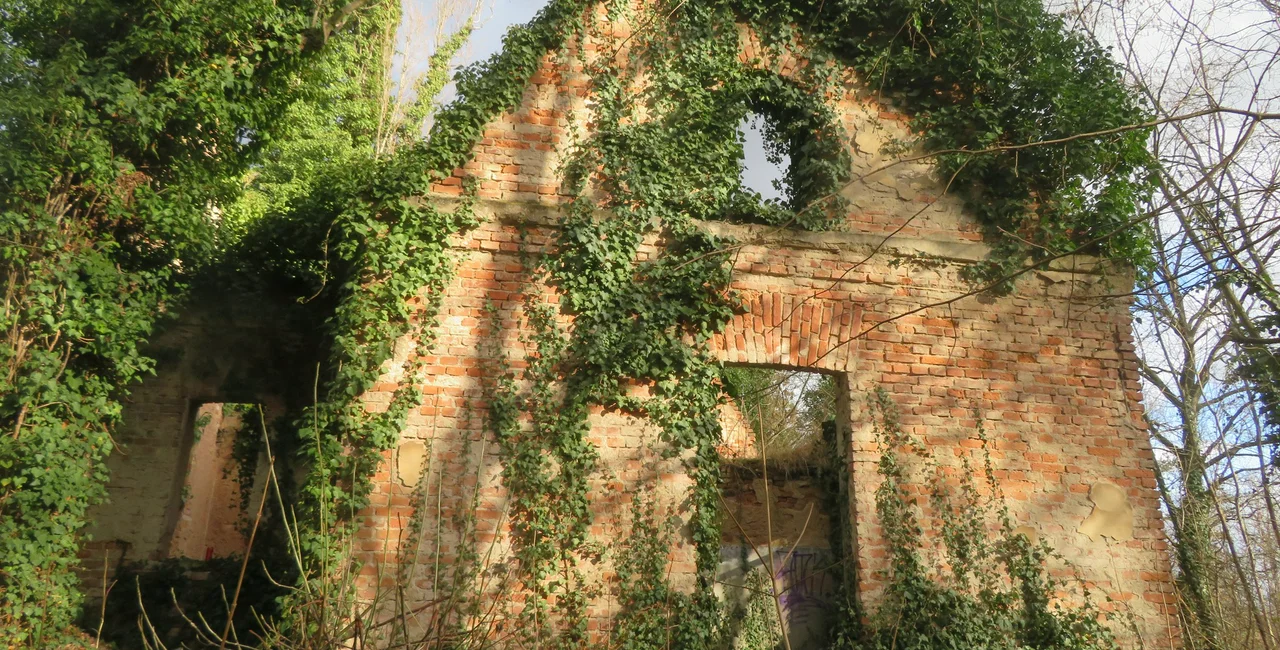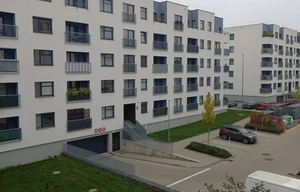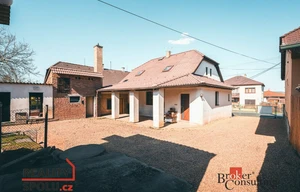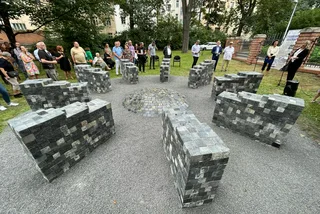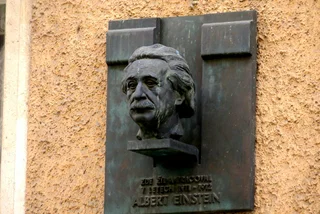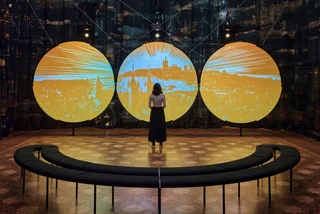The abandoned hilltop cemetery formerly used by the Bohnice Psychiatric Hospital has been called one of the spookiest places in Europe and the “cemetery of fools.”
While it has long been difficult to see inside, the metal gates at the main entry have currently been removed for repairs as part of ongoing restoration efforts. This means the space is now freely accessible to anyone willing to make the journey, though how long the gates will be gone is not clear.
Today, just a handful of gravestones remain, along with the ruins of a chapel and mortuary. Overgrown mounds of earth show where graves are. During its active years, over 4,200 people were buried in the 2.5-hectare site. Most were patients of the hospital, but there were also clergy members, political prisoners, and soldiers.
Pictures and candles can be seen in the chapel, and a cross on the wall has been damaged by fire. Some graffiti can be seen in the side chambers.
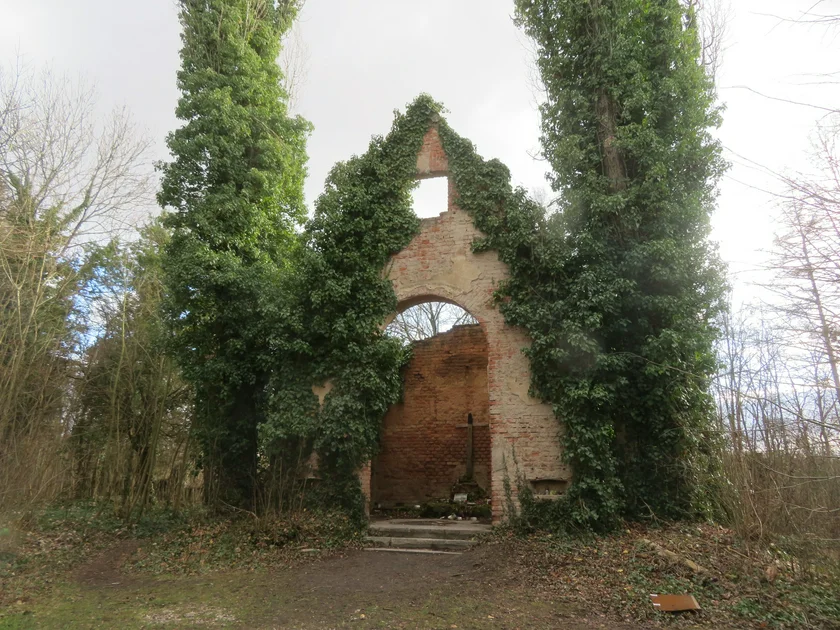
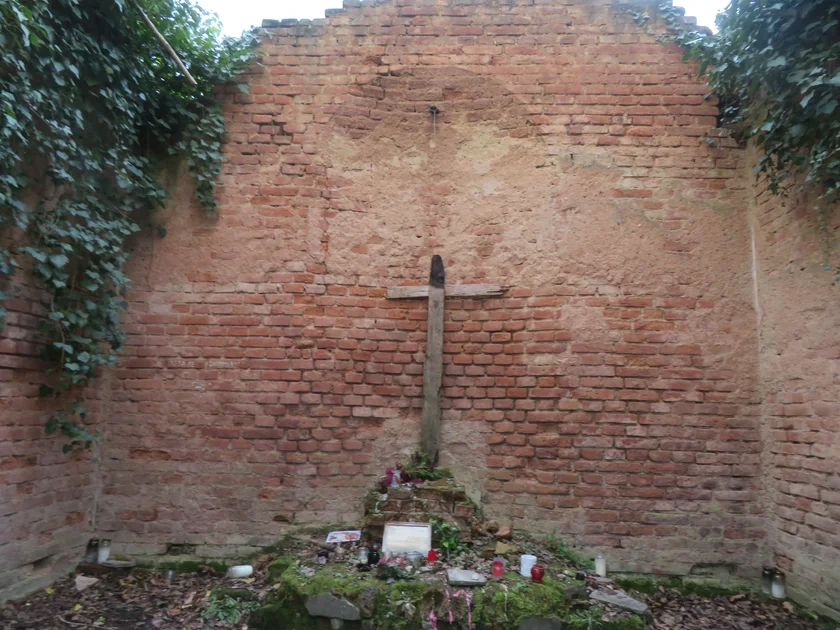
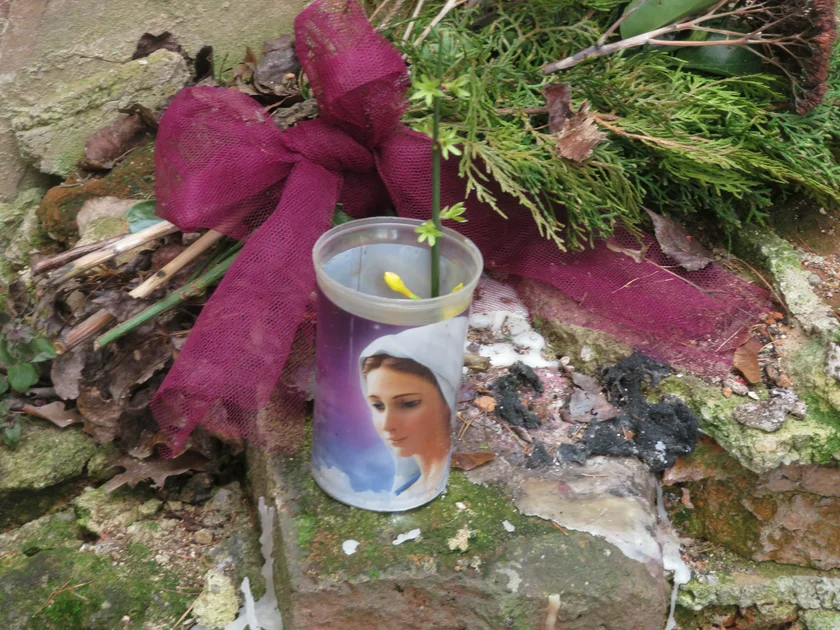
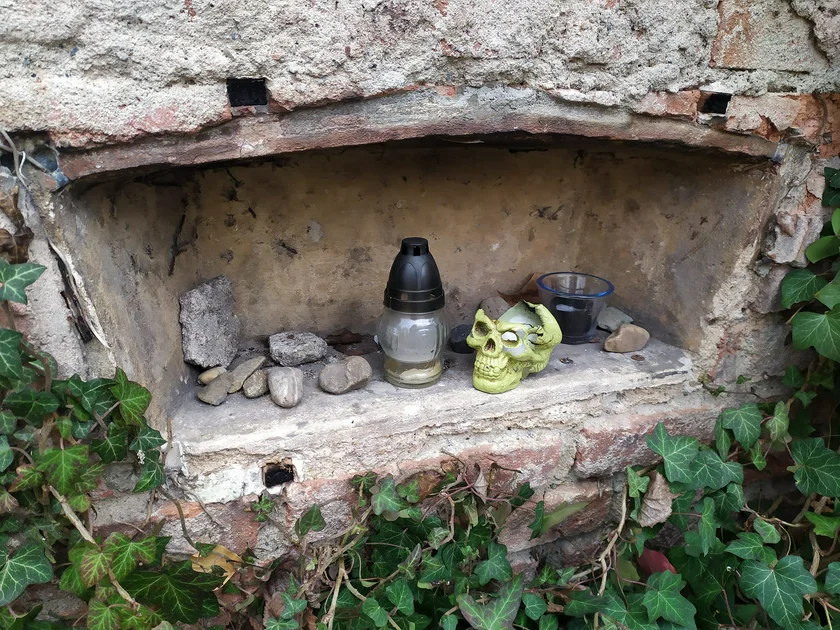
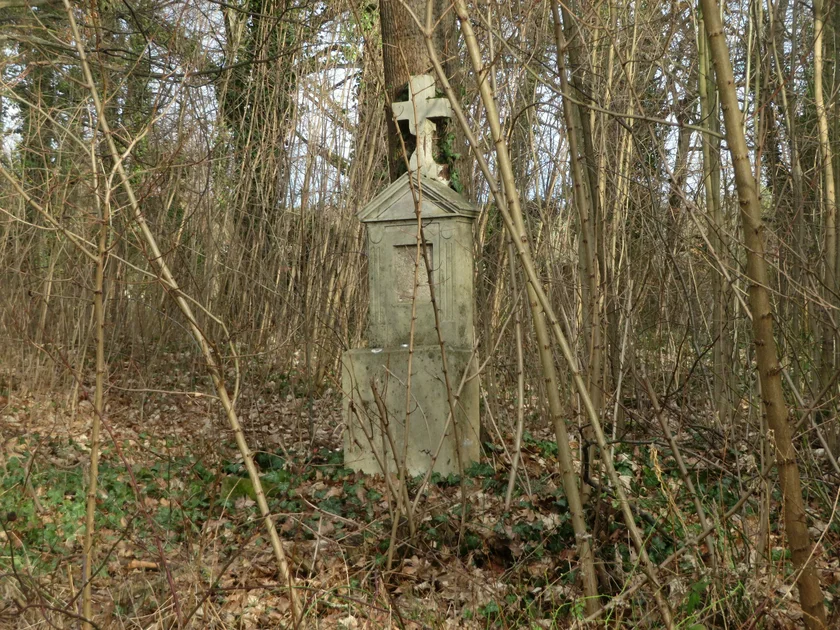
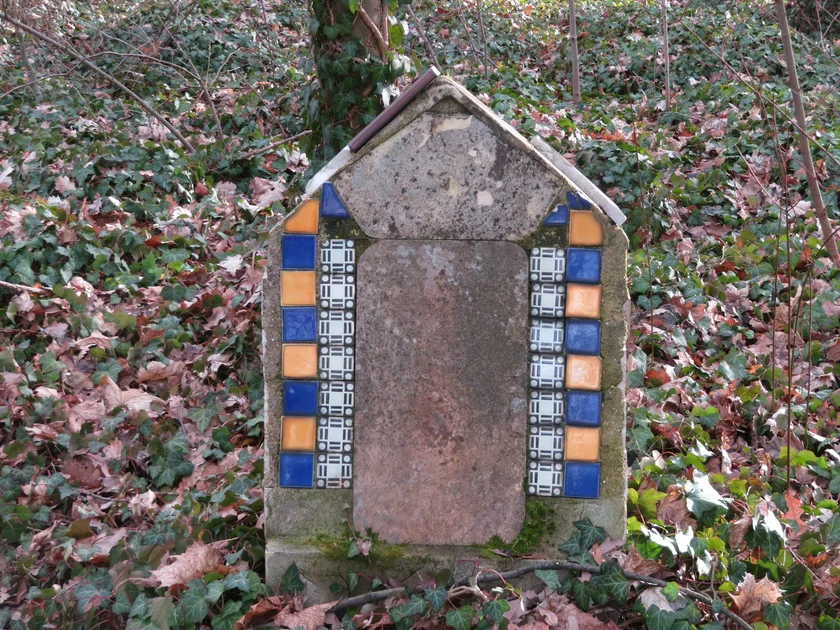
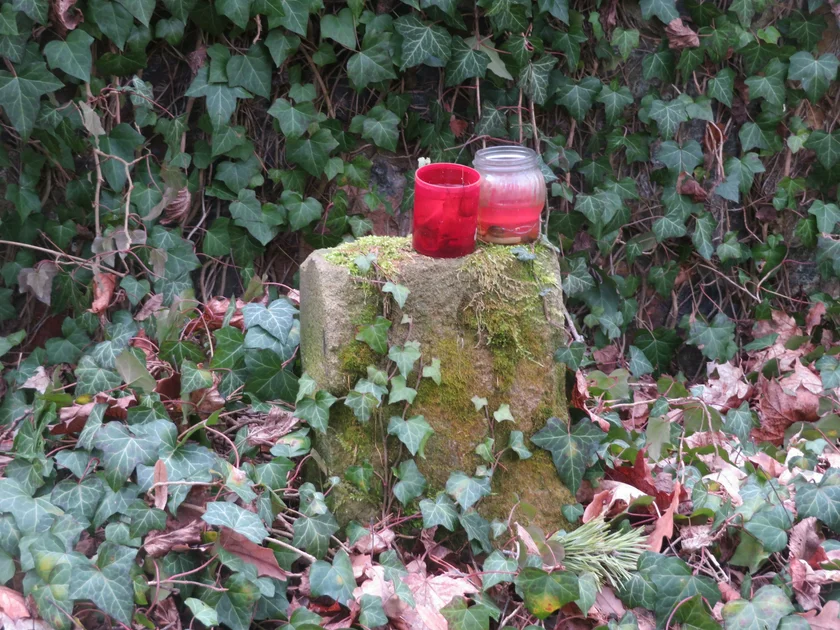
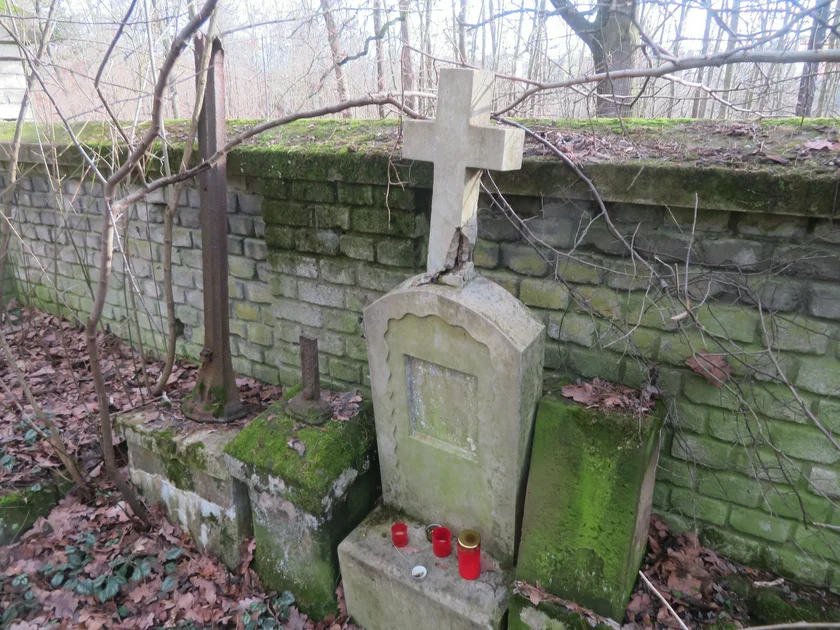
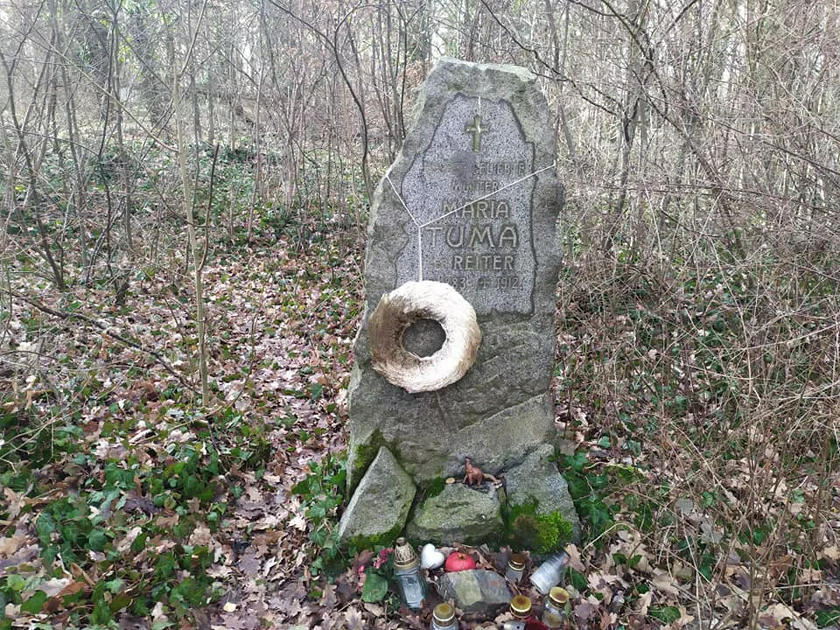
How to get there: The closest bus stops are Nemocnice Bohnice on line 235 and U Drahaně on line 236, though service is infrequent. The 200 bus, which leaves often from metro Kobylisy, goes to Zhořelecká or Sídliště Bohnice, which are longer but not unpleasant walks.
Most film fans have already seen the cemetery. It figures briefly in Miloš Forman’s classic film “Amadeus” as the place where Mozart is unceremoniously placed in a mass grave.
The most famous resident might not even be there
The cemetery's most famous occupant comes from the World War I era. An unmarked grave is alleged to hold the remains of Gavrilo Princip, the anarchist who shot Archduke Franz Ferdinand and sparked World War I. While Princip did die at the Small Fortress in Terezín in 1918, what happened to his remains is disputed.
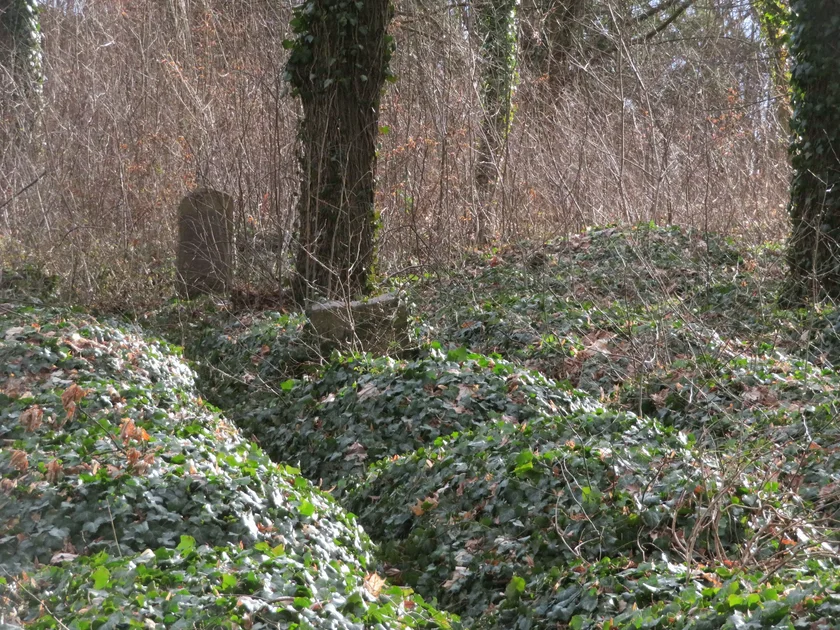
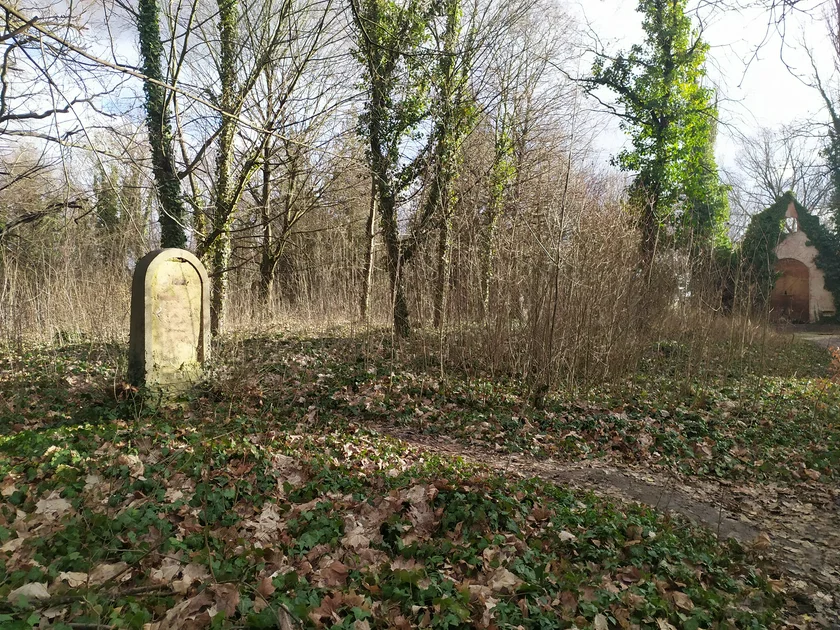
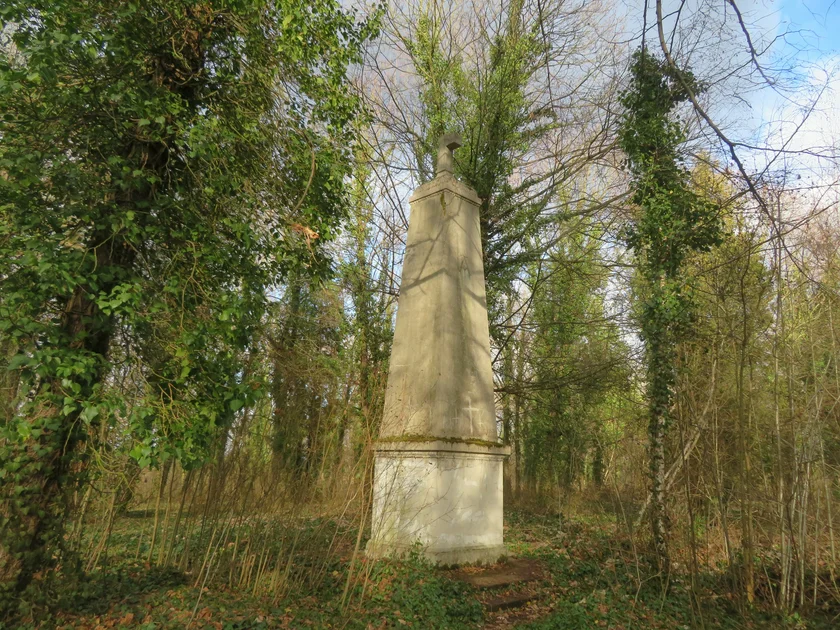
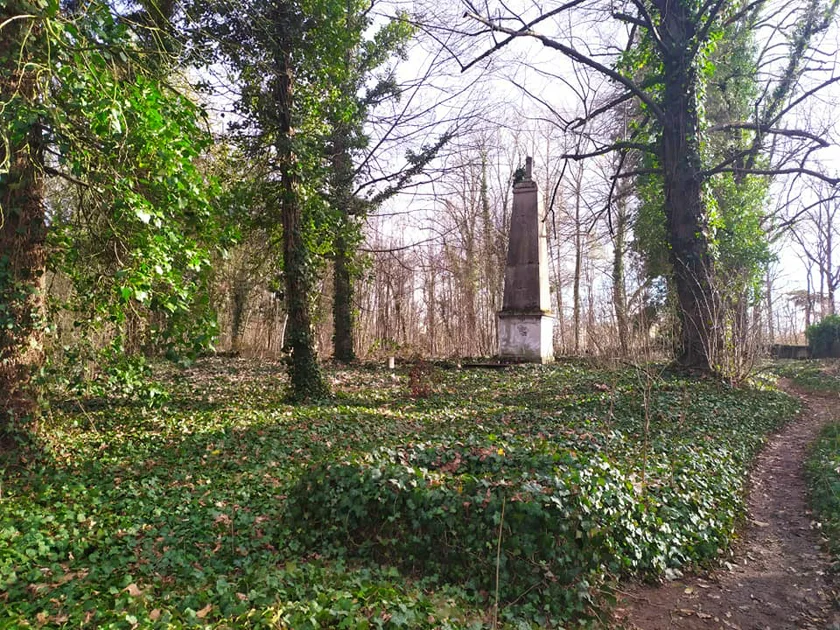
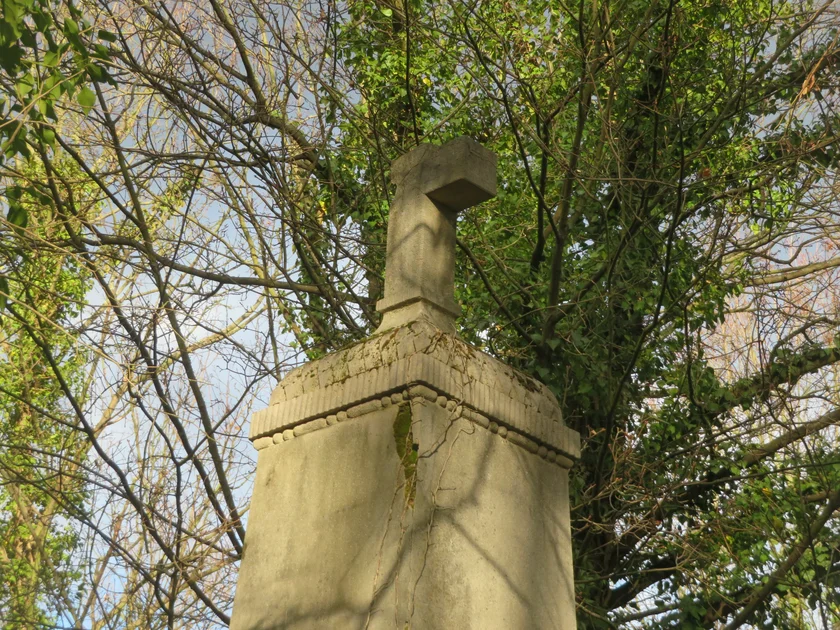
One story says he was secretly moved from his unmarked grave in Bohnice and taken back to Sarajevo, where his remains are now in a chapel along with others who were involved in the assassination plot.
Others claim that while a body may have been moved, it was likely the wrong one since Princip’s grave was intentionally unmarked to prevent it from becoming a shrine for opponents of the Austro-Hungarian regime.
A mysterious high-level visitor
The cemetery saw some unexpected activity in 1996. During a visit to Prague, Baroness Margaret Thatcher made what was supposed to be a secret side trip there, though her limousine did not escape the notice of local residents.
A still-unidentified relative of Thatcher’s husband Denis had been buried in the cemetery, and Thatcher had the body exhumed so it could be relocated to Britain. The grave was found with the help of a former groundskeeper who exchanged his knowledge for a crate of Czech rum, according to Novinky.cz.
Left to fall to ruins since the 1960s
A mass was held in the cemetery in 2014 on the 100th anniversary of the start of World War I to help revive interest in restoring the grounds before they deteriorated further. A damaged obelisk dedicated to victims of World War I is in one corner of the cemetery, but all the brass lettering has been removed.
The cemetery was established in 1909, and the first burial was of a boy who died of encephalitis. It operated until 1951 and was turned over to the Municipal Burial Service in 1963, which let it fall into ruin.
The city has owned the cemetery since 2018 and is restoring it. They plan to keep it closed most of the time but organize guided tours.












 Reading time: 3 minutes
Reading time: 3 minutes 